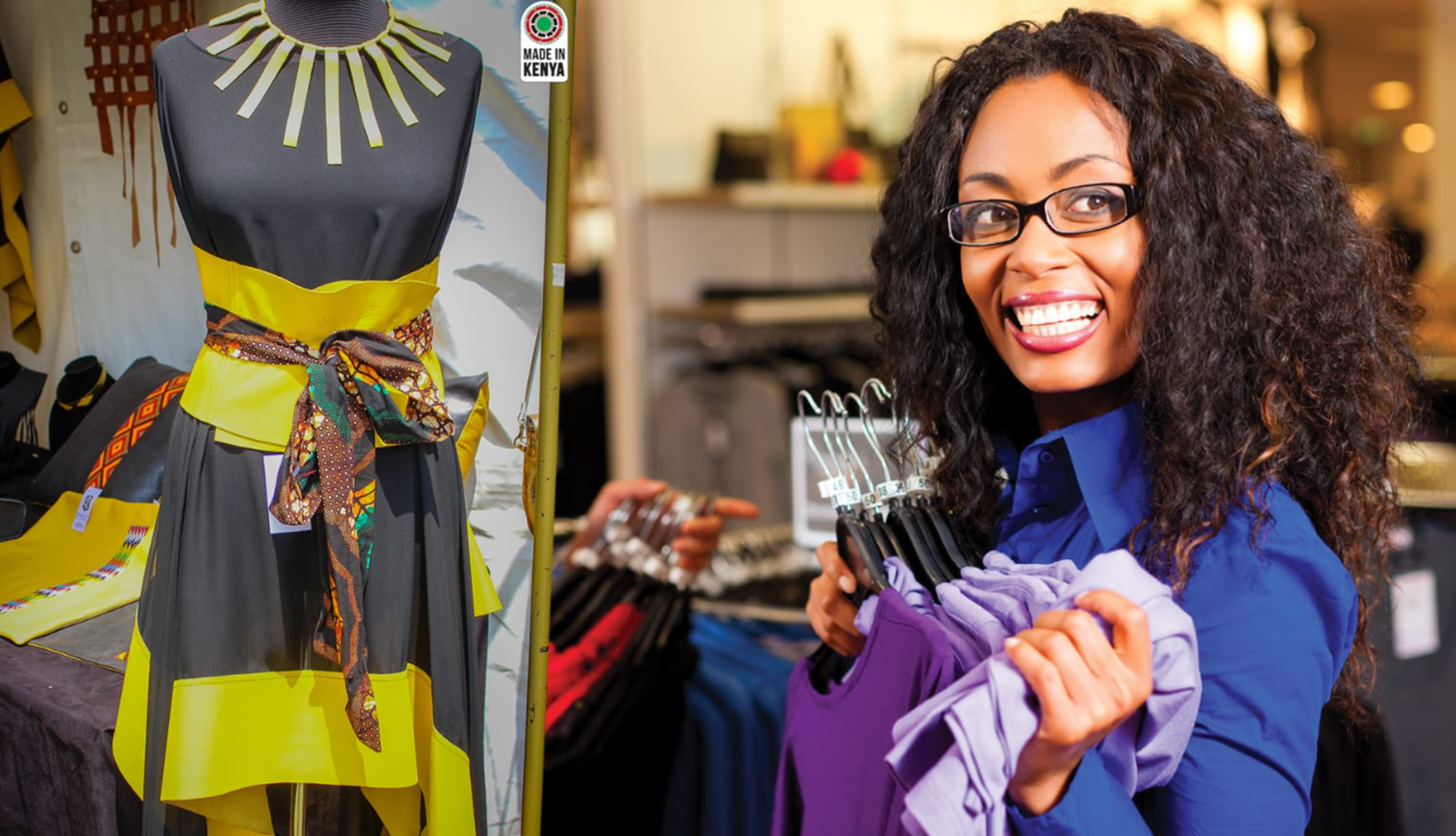
EXPORT AND BRANDING UPDATES FOR THE TEXTILES AND APPARELS INDUSTRY
As global markets evolve, the textiles and apparels industry is witnessing significant shifts in export opportunities and branding strategies. For businesses aiming to thrive in this competitive sector, staying informed on the latest trends and updates is crucial.
1.0 EXPORT MARKET TRENDS
- Sustainability in Demand: International markets, particularly in Europe and North America, are increasingly prioritizing sustainable and ethically sourced textiles. Consumers are demanding transparency in production processes, including the use of organic materials, fair labor practices, and eco-friendly packaging. Exporters from emerging markets, including Africa, must focus on building supply chains that emphasize these elements to remain competitive.
- E-commerce and Digital Trade: The rise of e-commerce has revolutionized how textiles are sold globally. For exporters, digital platforms are essential in reaching new markets without the constraints of physical storefronts. Major online retailers, such as Amazon, ASOS, and Alibaba, offer opportunities for small and medium-sized enterprises (SMEs) to showcase their products to a global audience. To succeed, exporters should invest in building strong online presences and leveraging digital marketing tools to enhance visibility.
- Tariff Changes and Trade Agreements: Exporters should monitor trade agreements and tariff changes that may impact market access. For instance, post-Brexit, the UK introduced new trade policies, creating both opportunities and challenges for exporters. Understanding market-specific regulations, certifications, and compliance standards is crucial for smooth trade operations.
2.0 BRANDING UPDATES
- Ethical and Sustainable Branding: As sustainability becomes a key market driver, branding that highlights eco-friendly materials, fair trade certification, and ethical production practices is becoming more attractive to consumers. Brands that emphasize their commitment to environmental and social responsibility can enhance their appeal in premium markets.
- Cultural Storytelling: For textile producers in Africa and other emerging markets, incorporating cultural heritage into branding strategies can offer a unique selling proposition. Highlighting traditional techniques, indigenous materials, or cultural motifs helps differentiate products and adds value to the brand in global markets seeking authenticity.
- Personalization and Customization: Consumers today are increasingly drawn to personalized and customizable products. Brands that offer tailored designs, personalized fits, or limited-edition collections can command premium pricing and foster customer loyalty. Advanced technology, such as AI and data analytics, can be used to enhance personalization in the shopping experience.
- Social Media and Influencer Marketing: Social media remains a powerful tool for branding in the textiles and apparels industry. Platforms like Instagram, TikTok, and Pinterest allow brands to showcase their collections to a broad audience, while influencer partnerships can amplify reach and credibility. Exporters should prioritize building a strong social media presence and collaborating with influencers to drive brand engagement.
3.0 Conclusion
To stay competitive in the textiles and apparels industry, businesses must adapt to the latest export and branding trends. By embracing sustainability, leveraging e-commerce platforms, aligning with new trade regulations, and adopting innovative branding strategies, exporters can tap into global opportunities and expand their market reach.
